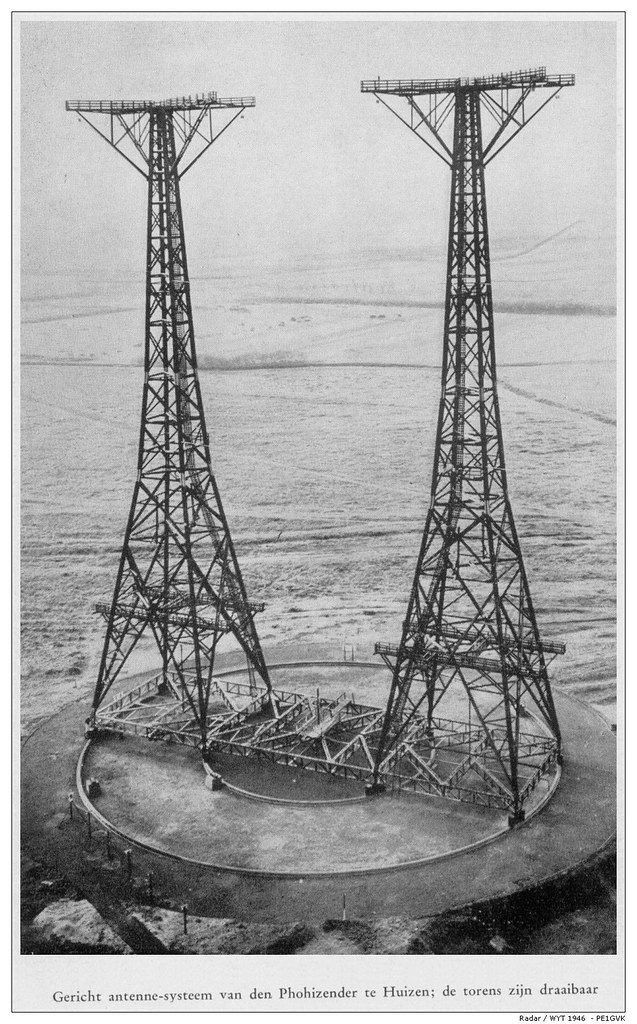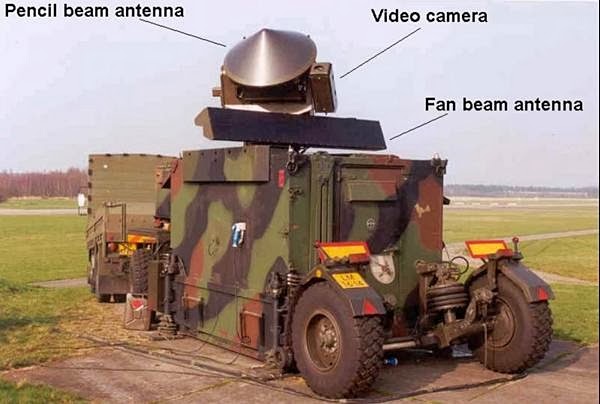Review of Radar Science, Technology, Applications, News, Publications, Industry, History, etc.
Monday, March 10, 2014
Monday, February 3, 2014
Thales Active Phased Array Radar excels in ESSM firings from new Danish Frigate
The trial, executed on 21 November 2013, consisted of four Evolved Sea Sparrow Missiles (ESSM) being directed by APAR to four targets. The trial was successful: all launched missiles performed a successful intercept. In the first part of the trial, a Banshee drone was eliminated by a missile launched by the new Royal Danish Navy Frigate HDMS Peter Willemoes (Iver Huitfeldt-class).
The new Royal Danish Navy Frigate HDMS Peter Willemoes (Iver Huitfeldt-class)
Picture: Berg2
With pinpoint accuracy APAR guided the missile to the target, resulting in a successful threat elimination. Subsequently, three Banshee drones were launched simultaneously, necessitating the launch and guidance of three missiles. Thanks to APAR’s unique Interrupted Continuous Wave Illumination technology, enabling the simultaneous guidance of multiple missiles to various targets; this part of the trial was also successful.
The trials were performed at the Missile Test Range off the Scottish coast in the Atlantic Ocean. HDMS Peter Willemoes was escorted by HDMS Niels Juel.
Gerben Edelijn, Thales Nederland’s CEO says: “This excellent result proves that Thales’ APAR and the unique technology are the standard in missile guidance.”
HDMS Peter Willemoes is one of the three Iver Huitfeldt class air defence frigates of the Royal Danish Navy. The other two ships are HDMS Iver Huitfeldt and HDMS Niels Juel. These ships share their Anti-Warfare suite with the Royal Netherlands Navy’s De Zeven Provincien-class frigates and the German Navy’s Sachsen-class frigates. The Thales sensors of this suite include the long range surveillance radar SMART-L and the multi-function radar APAR.
Video: Royal Danish Navy
Thursday, November 22, 2012
Thales naval radars at IndoDefence 2012
Thales is at the forefront of developing new naval solutions to meet evolving environmental and security challenges. The Group has been a long-term partner for more than 50 Navies worldwide, providing customers with innovating offerings, from system design to through-life support. At IndoDefence 2012, Thales was showcasing its SMART-S Mk2 and VARIANT radars. Both types are already selected by the Indonesian Navy.
Albert Willemsen, Regional Export Marketing & Sales Director Asia,
presents the Thales Naval Radars on display during Indodefence 2012
SMART-S Mk2 Link to Thales Smart-S Mk2 datasheet
Smart-S Mk2 is the continuous evolution of Thales proven 3D multi-beam radar family. This radar operates in E/F-band (or S-band) and is optimised for surveillance of 250 km with 70º elevation overage, target designation and undisturbed air and surface target tracking in littoral environments. Development of Smart-S Mk2 started in 2003 and at present no less than 40 systems have been sold. Smart-S Mk2 matches the full performance envelope of modern surface-to-air missiles, with direct assignment of VL-MICA, Evolved Sea Sparrow Missile (ESSM) and is suitable as a main air and surface surveillance radar for corvettes, frigates and amphibious ships. The radar offers two main modes, a special helicopter/UAS guidance capability and three surface fire control channels.
The SMART-S Mk2 has been selected to equip the future Indonesian Navy corvettes KPR. It has also been selected to upgrade the existing French Navy Cassard class Anti-Aircraft Frigates.
Thales VARIANT radar is currently in use by the Indonesian Navy as well as 8 other navies worldwide (Picture: Thales)
VARIANT
Variant is a multipurpose, short/medium range (70 km) 2D radar, simultaneously operating in the X and C-band for air and surface surveillance. Its principal role is as an automatic, fast reaction time radar sensor supplying targeting data to weapon systems. Its extensive features make Variant the answer in modern warfare, littoral and asymmetric threat environments. Variant provides air tracks without any operator intervention (auto target initiation and tracking). For surface targets, two fire control channels are available to support direct target engagement. The system is completed by an integrated Low Probability of Intercept (LPI) surface surveillance radar (SCOUT).
VARIANT has also been selected by the Indonesian Navy and is currently deployed onboard their Todak class Fast Patrol Boat
Many Thales systems will be onboard the future Indonesian Navy SIGMA PKR 10514 (Picture: Damen Schelde Naval Shipbuilding)
The Shipyard Royal Schelde and Thales deliver a wide range of products on the two corvettes that Royal Schelde has built for the Indonesian Navy. Thales supplies the ship's above-water defence system, the communication equipment and the sonar system. The first ship was commissioned in 2007. The corvettes are deployed by the Indonesian Navy chiefly for patrol duties in the Indonesian archipelago in order to combat smuggling, illegal fishery and piracy, especially in the Strait of Malacca. The above water defence systems installed on the corvettes, include: the TACTICOS, scaleable combat management system, the MW08 3D multiband surveillance radar, the LIROD Mk2 tracking radar, the LINK Y Mk2 datalink system and Target Designation Sights. For under water defence capability, the Thales Kingklip medium frequency active/passive Anti-Submarine Warfare (ASW) hull-mounted sonar has been selected. The corvettes' naval communication systems have been developed by Thales, based on the FOCON system. Thales has integrated the complete combat system on these corvettes.
Saturday, February 18, 2012
Thursday, November 24, 2011
Short-wave transmitter PCJ Happy Station
The rotating antenna masts. Installed in 1937. The complex structure was unique in the world. It was capable of optimising radiation power to the desired target area. It consisted of two 60 metre high towers. In order to maintain minimum absorption the towers were built of wood. The platforms in the summit served as suspension for the antennas. In the direction of the beam, the radiation is a total of 24 times stronger than a simple dipole.
Tuesday, June 28, 2011
International X-Band Weather Radar Workshop, 14-16 November, 2011, Delft, Netherlands
The installation of compact X-band weather radars becomes increasingly popular as such radars deliver rainfall rate information in a very high spatial and temporal detail which are required for applications such as the monitoring of rainfall in urban areas or water catchment hydrology.
However, X-band weather radar observations pose challenges e.g. in terms of the prevailing scattering mechanisms and the significant attenuation by rain which makes the seamless application of methods and algorithms developed for S- and C-band disputable.
The objective of this workshop is to serve as a platform for experts on X-band weather radar in order to discuss the latest developments in the field. A plenary discussion is scheduled to evaluate the state-of-the-art for rainfall measurements with X-band weather radar and to discuss the possibility of writing a reference book on this topic.
Prof. Dr. Clemens Simmer
Prof. Dr. Herman Russchenberg



